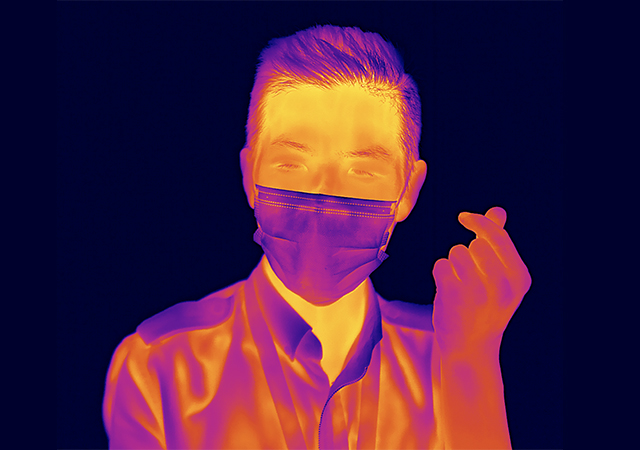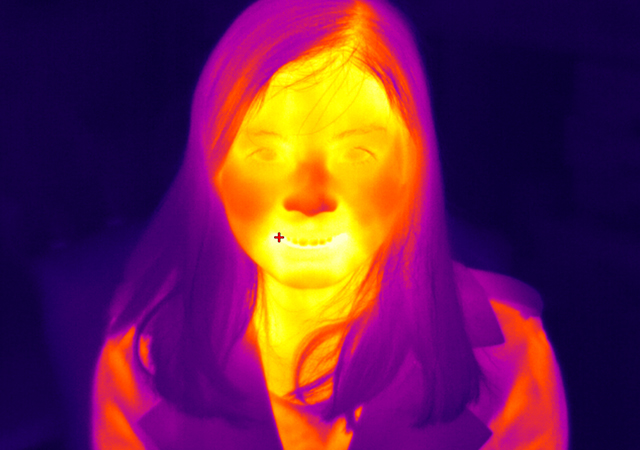In recent times, the use of infrared temperature measurement devices has become widespread, particularly in the context of public health and safety. These devices, commonly seen in airports, hospitals, and other public places, are designed to quickly and non-invasively measure body temperature. However, concerns have been raised regarding the potential harm to the eyes when exposed to infrared radiation. In this article, we can get a clear understanding of whether infrared temperature measurement poses any risk to the eyes.
Understanding Infrared Temperature Measurement
Infrared temperature measurement devices, often referred to as infrared thermometers or thermal cameras, utilize infrared radiation to detect and measure the temperature of an object or individual. These devices work by capturing the infrared radiation emitted by the body and converting it into a temperature reading. The measurement is typically performed by focusing the infrared sensor on the target, such as the forehead or wrist.

Infrared Radiation and Eye Safety
It is important to differentiate between two types of infrared radiation: near-infrared (NIR) and thermal-infrared (TIR). Near-infrared radiation falls within the wavelength range of visible light and is commonly used in technologies such as remote controls and fiber optic communications. Thermal-infrared radiation, on the other hand, has longer wavelengths and is associated with heat detection and thermal imaging.

Passive infrared temperature measurement, which relies on detecting the thermal radiation emitted by an object or individual, is considered safe and does not harm the eyes. Unlike active infrared systems that emit infrared radiation, passive infrared systems do not emit any radiation themselves. Instead, they passively capture the existing infrared radiation emitted by objects in their field of view.
Passive infrared temperature measurement devices, such as thermal cameras or infrared thermometers, work by detecting the natural heat signatures emitted by objects. They do not emit any harmful radiation that could potentially harm the eyes or cause damage. These devices are designed to receive and interpret the infrared radiation emitted by objects without posing any risk to the eyes of the individuals being measured.

It is important to note that passive infrared temperature measurement devices are commonly used in various applications, including healthcare, building automation, and security systems, without any reported adverse effects on eye safety. However, as with any measurement device or technology, it is advisable to use them according to the manufacturer's instructions and guidelines to ensure safety and accuracy.
In summary, passive infrared temperature measurement is considered safe for the eyes as it does not emit any harmful radiation. These devices rely on detecting the natural infrared radiation emitted by objects, making them a non-invasive and eye-friendly method of temperature measurement.
Go Top